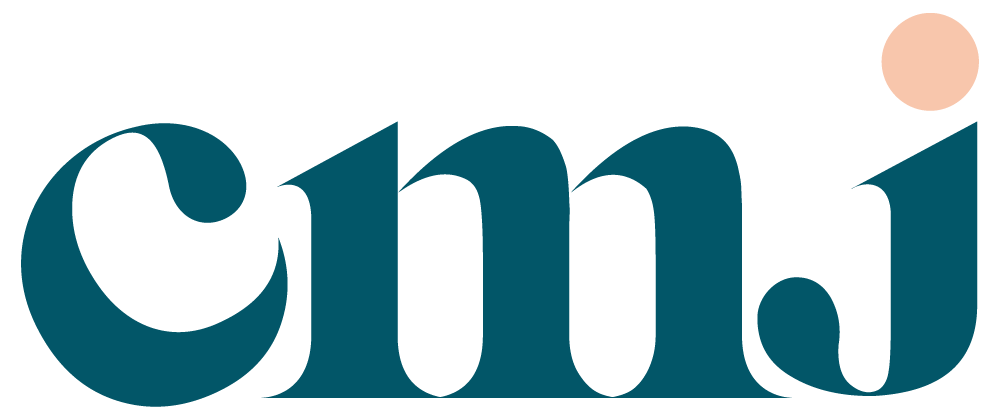How to Create Great Onboarding for Your Online Community
Onboarding is one of the most important experiences you will craft for your community. Whether your community includes clients in your online program, customers of a digital product, or people important to your campaign or cause, this experience will define future success.
So how do you intentionally create great onboarding?
To start designing a better onboarding journey, get familiar with a framework called the Community Commitment Curve. This is the same framework I use to ground my own community onboarding and guide my clients.
What you'll see in the video above is my actual community and how the Community Commitment Curve translates to our onboarding. I host my community on Circle.so, so some of the functionality is specific to the platform, but the principles remain durable. What is Circle? Circle is a community platform that many creators use to host online communities for their offerings, businesses, professions, or even as enthusiast groups, fan groups, and hobby groups.
The Community Commitment Curve helps you design a journey for your members. To put it most simply, it helps you design the steps of your ideal member journey from discovering your community to joining it, onboarding, regularly engaging, and then (for a select few at the highest commitment level) leading. This is precisely how you architect scalable communities:
The key principle of the Community Commitment Curve is that commitment to any community is built one intentional ask at a time. Therefore, the order in which you place these asks deeply matters.
What is the first ask you make of your community members? Do you even know off the top of your head? If not, it is time to get intentional.
When designing your own online community space, make sure that the first page they land on or the communication they receive orients people and walks them clearly through the journey they are about to go on. You might want to cover topics such as:
What to expect in the community
Rituals or norms and guidelines
How to introduce yourself or contribute first
In my community, I do this through a quick Loom video and a clear checklist of the simple things people can do to get started (see the above video).
The most important thing is that you architect the steps from easy to harder over time. This acquaints members deliberately with the different aspects of your community.
Don’t forget to give people quick wins through the first stages of this process. We want to feel that we are being recognized and doing the right thing when orienting to a new space. In my community, I’ve set up automations with Circle, Zapier, and Airtable that automatically give new members a special badge when they have completed all of these onboarding actions.
Even with this clear onboarding, I am well aware that many people will not go through the steps in one session. For this reason, I have set up Circle’s onboarding sequence (a combination of emails and pop-ups when they return to Circle) so that there are clear calls to action at each touchpoint to guide them through a journey.
Now, once people have completed the onboarding, the question becomes: how do we continually engage members and invite them to contribute more over time? To answer this question, consider two things:
How will you continue to stay in touch with members between their visits to the online community?
Most of your members will never come back to your online community…. unless your invitation to return makes it worth their time.
In my community, I design for this and feed “two birds with one scone” by having members subscribe to email updates to our Announcements space. That way, every time I post something in that channel, it creates an email to them, which removes the need for me to create community posts AND email communications.
What will you invite members to do on a regular basis in your community?
Many people answer this question by creating “ritual content” or content that repeats on specific days of the week or month (e.g., “Feedback Fridays”). While this can start out powerfully, it gets very stale, very quickly. So choose your rituals carefully and check to make sure they’re still working after a few weeks.
What quick improvements do you plan to make to your onboarding based on what you learned in this blog post? Let me know in the comments!
By the way: this is the tip of the iceberg when it comes to creating an incredible community onboarding experience. Want to dig even deeper? Check out my FREE on-demand workshop on designing meaningful experiences or contact me to work together.

